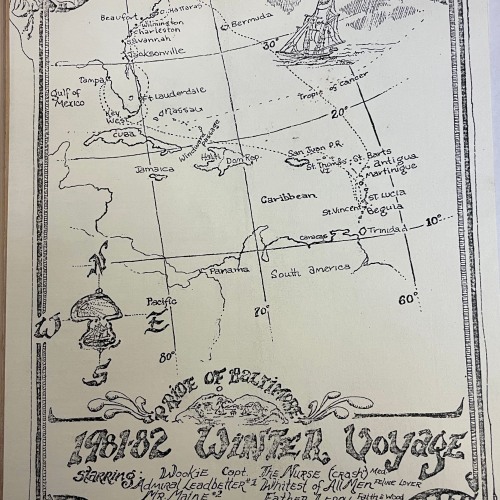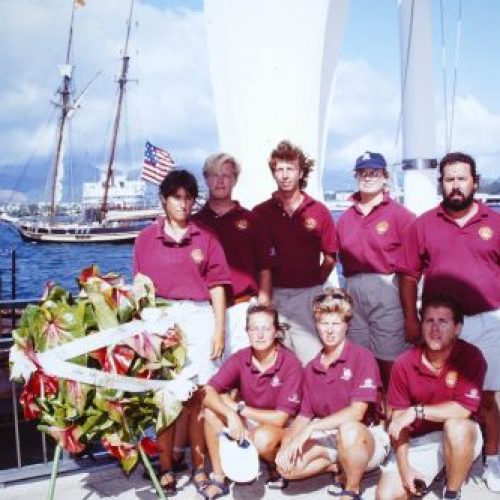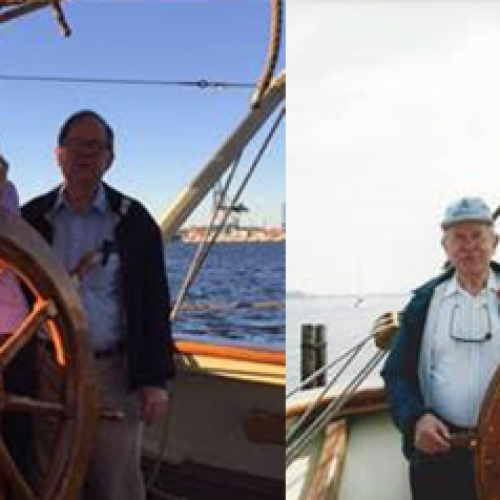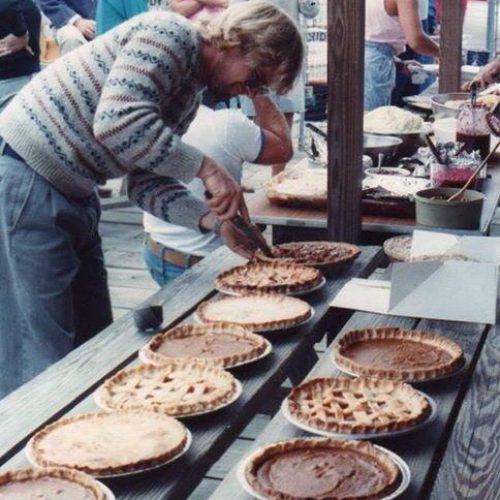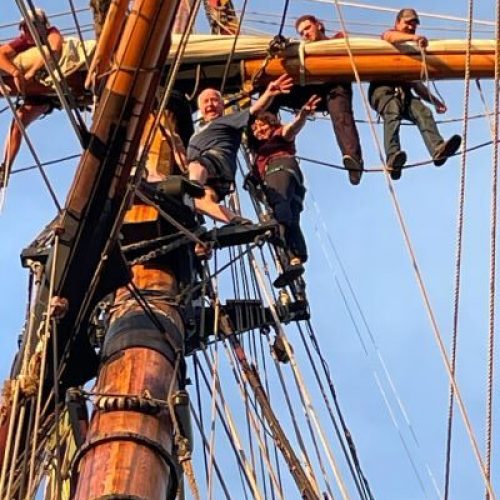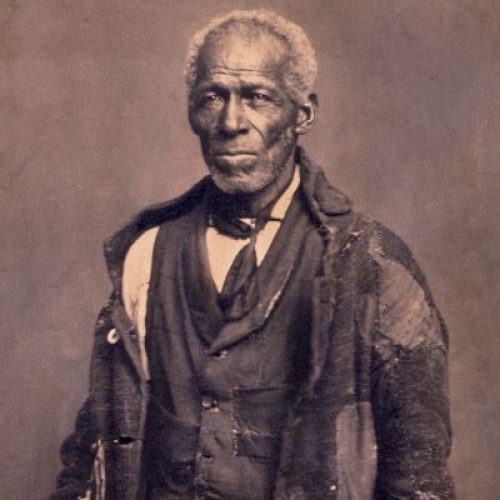Pride of Baltimore II
Pos: At anchor in Muskegon Lake — 43°14.337’N x 086°19.190’W
Wx: NNW F 4, Gusting 5-6, 3/8 Cumulus, Great Lakes early fall edge to the air
Pride of Baltimore II is tucked in behind the classic Michigan sand dunes of Muskegon State Park. On the other side, an unseasonably cool Northerly is tearing down the lake, and the water is erupting with the steep, jagged seas unique to open fresh water. The impressive fleet of ships that called on Chicago last weekend are scattered to refuges all over the Michigan and Wisconsin shorelines, waiting for the 25-30 knots and potential 12’ seas to finish their mayhem and give the Lake back to sailors again.
Departing Chicago, some ships scurried out on Sunday night, or crack of dawn Monday. Even the die-hard racers – Appledore IV, Lynx, and Pride II – agreed by consensus to truncate the final race of the series down to a mere eight nautical miles from its originally planned 172 miles and initially truncated 65 miles so that we could get a move. After a nail biting finish that will require a lengthy array of decimal places to score, all three vessels powered up and steamed across the flat waters towards a harbor.
Aboard Pride II, we were hoping for Ludington, Michigan, just below Little Cape Sable and about half way up the Lake. But around midnight the breeze came on to 25 knots, and the building sea made Muskegon, some 40 miles closer, the better bet. For those who have never sailed the Great Lakes, it’s usually rather astonishing to see how tightly spaced the waves are, and the wallop they pack is even more jaw dropping. With no salt molecules in them, the waves are literally solid water. And in the funneling confines of converging shore, they churn relentlessly. On the open ocean four to six foot seas are an accepted and tolerable norm. On the Great Lakes, the same sea is cause for concern, and can stop a ship like Pride II in her tracks.
So anchoring we went. Though getting into the anchorage was no simple matter, either. Along the southern half of Lake Michigan, all the harbors are either improved river mouths or interior lakes with man-made channels to the open waters. The entrances are usually through narrow gaps between piers or breakwalls, and Muskegon is no exception. Shooting the 400’ gap at 0330 with three to five feet of angry water on the beam took a focused group effort. Second Mate Will McLean monitored the electronic instruments and relayed information to me. Chad Lossing, who grew up in this part of Michigan, and was one of the two people aboard who’d ever seen Muskegon Lake before, got a workout at the helm. Chief Mate Jill Hughes had her watch readying the anchor gear as soon as we were inside, and, like clock work, we were ready to let go at the selected spot.
Hopefully, the Lake will calm itself down enough for us to reverse the process and be on our way tonight.
Sincerely,
Captain Jamie Trost and the patiently waiting crew of Pride of Baltimore II



